Media | Articles
Do you know what these 8 badges mean?
Sitting in traffic can be boring. There often isn’t much to look at. A few personalized license plates to decode, or maybe a pretty sunrise or sunset to soak in, at best. I find myself often trying figure out what the badges on the back of the cars in front me you mean.
While the badging on modern cars is largely meaningless, there was a time when automakers peppered alphanumerics all over a car’s doors, fenders, pillars, and bumpers. It was a form boasting that showcased the car’s technological advancements and performance to anyone looking.
Those signals could be quite complex. You might need a decoder book, an engineering background, and an MBA to make sense of these four- or five-letter jumbles. These acronyms and initialisms pertained to the car’s transmission, engine, all-wheel drive system, or maybe a modest option code that sounded more like a radio station you’d pick up in the far corners of Kansas.
Thanks for tuning in to 94.3 SH-AWD! Up next we have a brand-new track off Sting’s new album!
We put our heads together and came up with a selection of badges—some well-known, some more obscure—and hunted down what each one meant. Should you stumble across one of these examples while gridlocked, the list below should provide you with some neat trivia to impress (or bore) your passengers.
Marketplace
Buy and sell classics with confidence
LTD

While cars can sometimes seem like a Life Time Decision, that is not what LTD stands for. Nor does it stand for Love, Togetherness, and Devotion, but we could all benefit from being Back in Love Again with a quality automotive emblem like the Ford LTD.
No matter, when trim packages were introduced, the labels needed to create a hierarchy, clearly outlining which models were the feature-packed examples. Ford thought the best way to do so would be to make plain that one particular trim was Limited, which shortened nicely to LTD on the 1965 Ford Galaxie. Apparently it worked; by the late 1970s the Galaxie moniker was gone, and the LTD became the King of Dearborn.
RS/SS
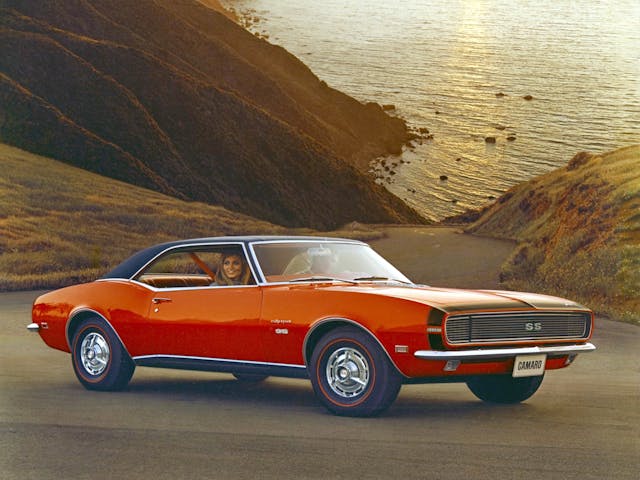
Just as Ford wanted to distinguish one trim as “Limited,” Chevrolet sought slice up the Camaro lineup in the late 1960s. Buyers could step up from the base trim to the RS, which stood for Rally Sport. Making the leap scored you hidden headlights, revised taillights, and some additional brightwork. From there, you could step up to the SS package, which was short for Super Sport and was targeted at buyers wanting additional power and handling capability.
4WS
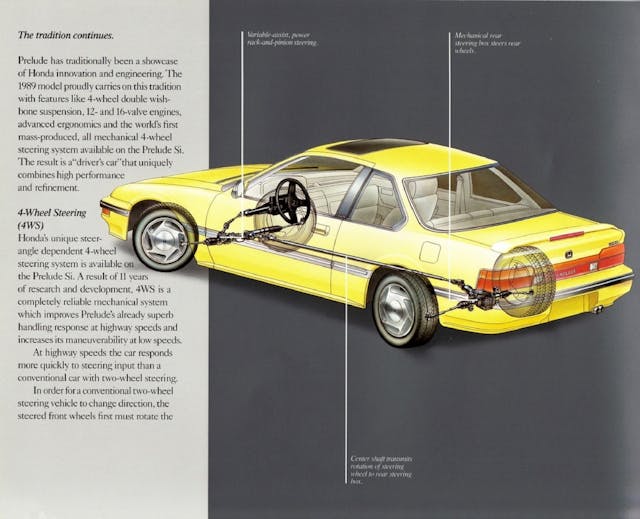
When numbers enter into the mix, you know things are getting complicated. Four Window System? The emblem was mounted on the B-pillar, after all!
But wait, that doesn’t make sense because this bit of tech debuted on the two-door Honda Prelude coupe. It’s actually a shorthand for Honda’s four-wheel steering, first introduced on the Prelude for the 1987 model year. The entirely mechanical system dialed in a relatively small amount of counter-steering to the rear wheels at slow speed to improve the turning circle, and it could also angle the rear wheels in the same direction as the fronts at higher speeds for better stability.
OHC/FI
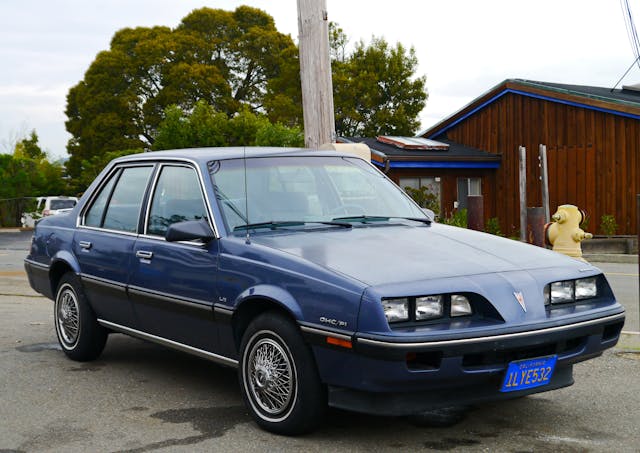
Five letters with a slash. Things are getting serious now! Or at least, Pontiac thought its tech was getting noteworthy with the combination of an overhead camshaft and fuel injection on the 1.8-liter fuel injected engines found in the J-body based Pontiac Sunbird. (This Opel-derived motor was also used in the Oldsmobile Firenza and Buick Skyhawk, but without Pontiac’s unique emblem.) Did many/most vehicles of the era feature at least one overhead camshaft and fuel injection? Well, sure. But were they advertising it on the front of the fender? Gotta respect Pontiac’s hustle.
SVT

Super Very Torque? I mean, you do only see this badge on quick cars. Born in 1991, Ford’s Special Vehicle Team (SVT) was a skunkworks division dedicated to niche high-performance vehicles. While not particularly a creative initialism, the team was responsible for some heavy-hitting machinery including the 1993 Mustang Cobra R, 2005–2006 Ford GT supercar, and the first Ford Raptor pickup. Ford formally closed down SVT in 2015, but the legacy of this badge will be remembered fondly in the hearts of Blue Oval fans everywhere.
ALB

Another Honda entry to the list, like the 4WS emblem, also appears on the B-pillar. While ALB sounds like a minor-league baseball organization, it’s not (we think). On Hondas, ALB was just a simple abbreviation for anti-lock brakes that predated the commonly used ABS (anti-lock braking system). Of course, ABS is ubiquitous and thus nothing to brag about, but ALB marks a time when it was something to be proud of.
HICAS and Super HICAS
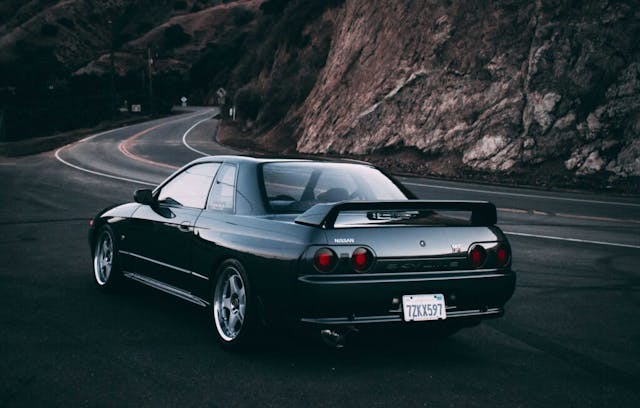
Whoa, that’s a lot of letters! HICAS stood for High Capacity Actively Controlled Steering, a rear-wheel steering system that Nissan first introduced on the 1986 Skyline GTS coupe. The system utilized the power steering pump to push fluid through a hydraulic circuit that would adjust the angle of the rear rollers based on input data from speed sensors. Starting with the R33 (1993–97) Skyline, the system swapped out the hydraulic controls for an electronically actuated system, which Nissan subsequently dubbed Super HICAS.
XR4ti

Where do we even start here? It is often safe to assume that ‘X’ is representative of ‘experimental’ in the land of European Ford and 1960s Lincoln-Mercury products—just pay no attention to the fact that Nissan came out with the Xterra and BMW stepped in with X-branded crossovers to muddied everything up. This particular string of letters does indeed start with ‘experimental,’ though it was only truly experimental for the North American market. From 1985 to 1989, Ford imported the three-door Sierra XR4i model and labeled it a Merkur XR4ti.
Long story short, XR4ti stood for Experimental (X) Racing (R),four cylinders** (4), Turbocharging (t), and fuel injection (i). That makes for a pretty cool package, but when shortened it looks more like a letter salad. Bob Lutz probably coulda been a little clearer with this one. That said, the 4 originally meant that it was the high performance version of the Ford Sierra, which was called the XR4.
You might be more likely to see these particular emblems at a RadWood event than in an everyday traffic jam, but knowledge is power nonetheless. We do occasionally have to eat and sleep, so we admit that what we’ve discussed here is a fraction of what is out there in wild, waiting to be decoded. Help us expand the list with a comment below and share your knowledge!
**There’s some intentional confusion here, as the “XR4” in XR4ti was originally designated as the largest of the three experimental racing creations from Ford of Europe. There was the smaller Escort XR3 and Fiesta XR2 before it. So you can either refer to it as four cylinders in American parlance, as it makes complete sense with the “t” and the “i” after, or the original definition of it being a larger hatchback in Ford’s performance portfolio.
***
Check out the Hagerty Media homepage so you don’t miss a single story, or better yet, bookmark it. To get our best stories delivered right to your inbox, subscribe to our newsletters.
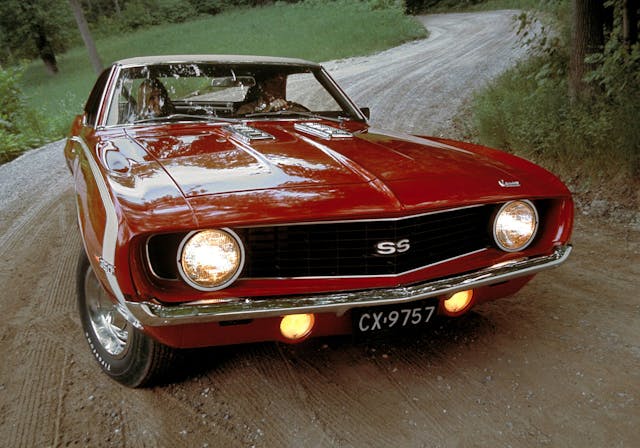















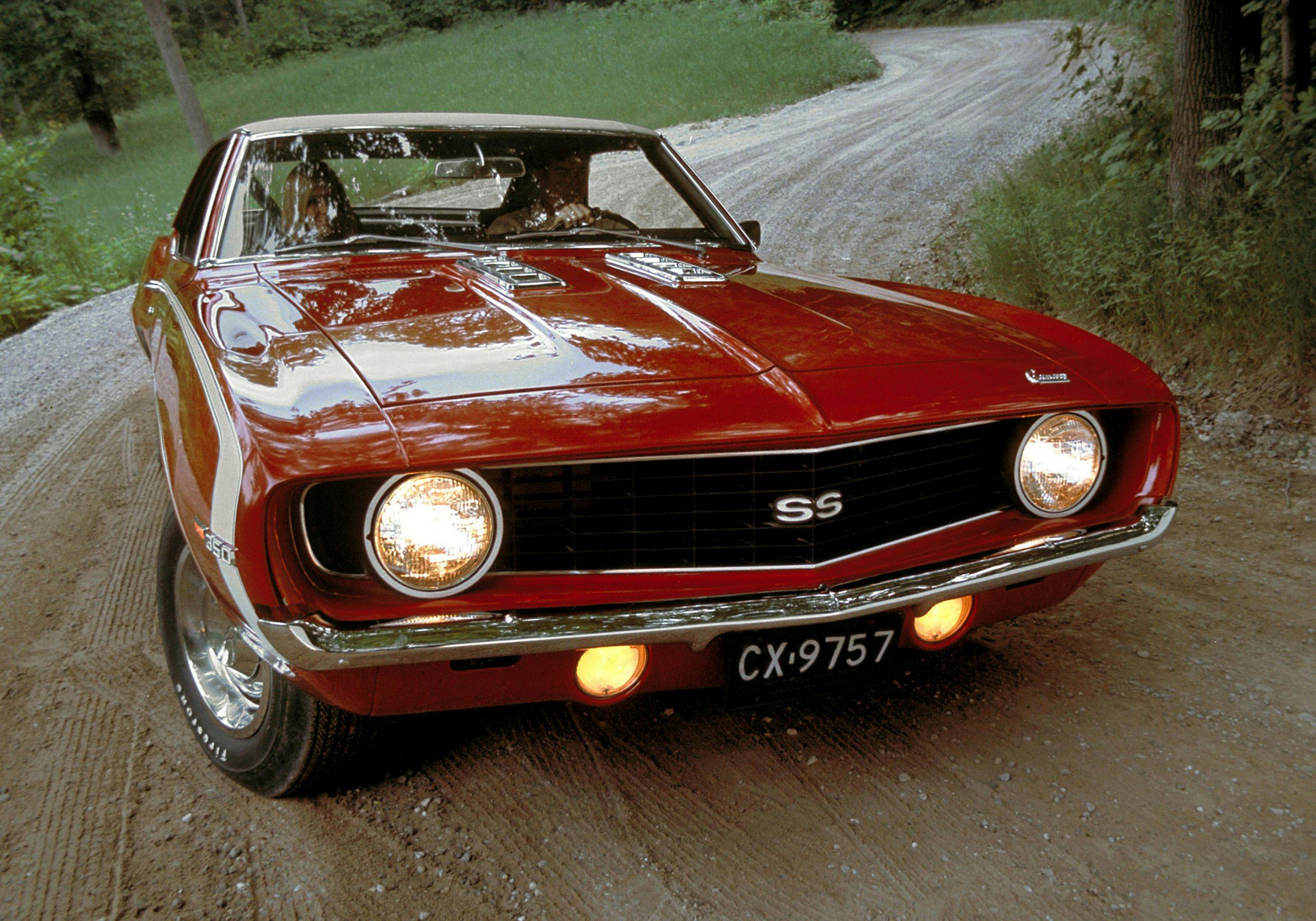
I once dated a gal who looked at the trunk badge on my Pontiac 6000LE and asked me why my car was called a “Goolie?”. She was attractive but not super smart.
As for 1967 to 1969 Camaros the correct badging is SS/RS
So in 1966, the 442 could be ordered with an automatic and tri-power. And later came the 455 and 350 options, so in some ways, it would be hard to read much into what 442 stood for.
The 4 speed was mandatory for several top dog motors initially, but most would offer automatics after a year or two.
Vacationing in Hawaii. Saw a Honda truck with the badge HPD on the back. Wondered if the owner ever had any trouble with that
What do 1967 + versions of Mercury Cougar XR-7 abbreviate? Kevin Marti doesn’t seem to know.
You forgot a few.
GLH = “Goes Like Hell”
GLHs = “Goes Like Hell Somemore”
SS was not a step up from RS. You could get an SS without the RS bling.
My favorite is always the TRD. I have no idea why Toyota thought that was a good moniker for a U.S. focused truck.
Pontiac Grand Prix SJ ? The S had the 400, SJ had the 455. Not sure what the letters stood for. Had a 70 SJ that could get up and go!
While we’re on nicknames. old time car dealers called Chevys “Shove it and leave it lay”, the ugly late 30’s Willys were the “Bed Pan Models” due to similarity. Essex was “Ass-Aches”, the Terraplane was a “Terrible Plane”, Caddys were Cattle-Rack”, Chevelles were “Shovels” Land Cruisers are “Land Crushers”, Cadillac “Coupe De Willys” and so on.
In the way of acronyms I have heard: Lotus is Lots Of Trouble Usually Serious, Pontiac is Poor Old Nerd Thinks Its A Cadillac, MG is Mighty Good, Kia is Killed In Action, BMW is Bring Money Withyou or Bad Mans Wheels, etc.
I read somewhere that the LTD was Luxury Trim Decor. A step up from the Galaxie.
No mention of Fords most popular vehicle, the FISO.
You know, the one with the 710 cap in the engine.
you left out STi
In the spirit of Mazda’s Great Little Car, I liked Lexus’s
plain speaking Luxury Sedan, Executive Sedan, and Sports Coupe.
On the other hand, several non-cognoscenti thought my lowly 911T
was a Turbo …
That knocked my socks off about the Honda Prelude! I’ll be!